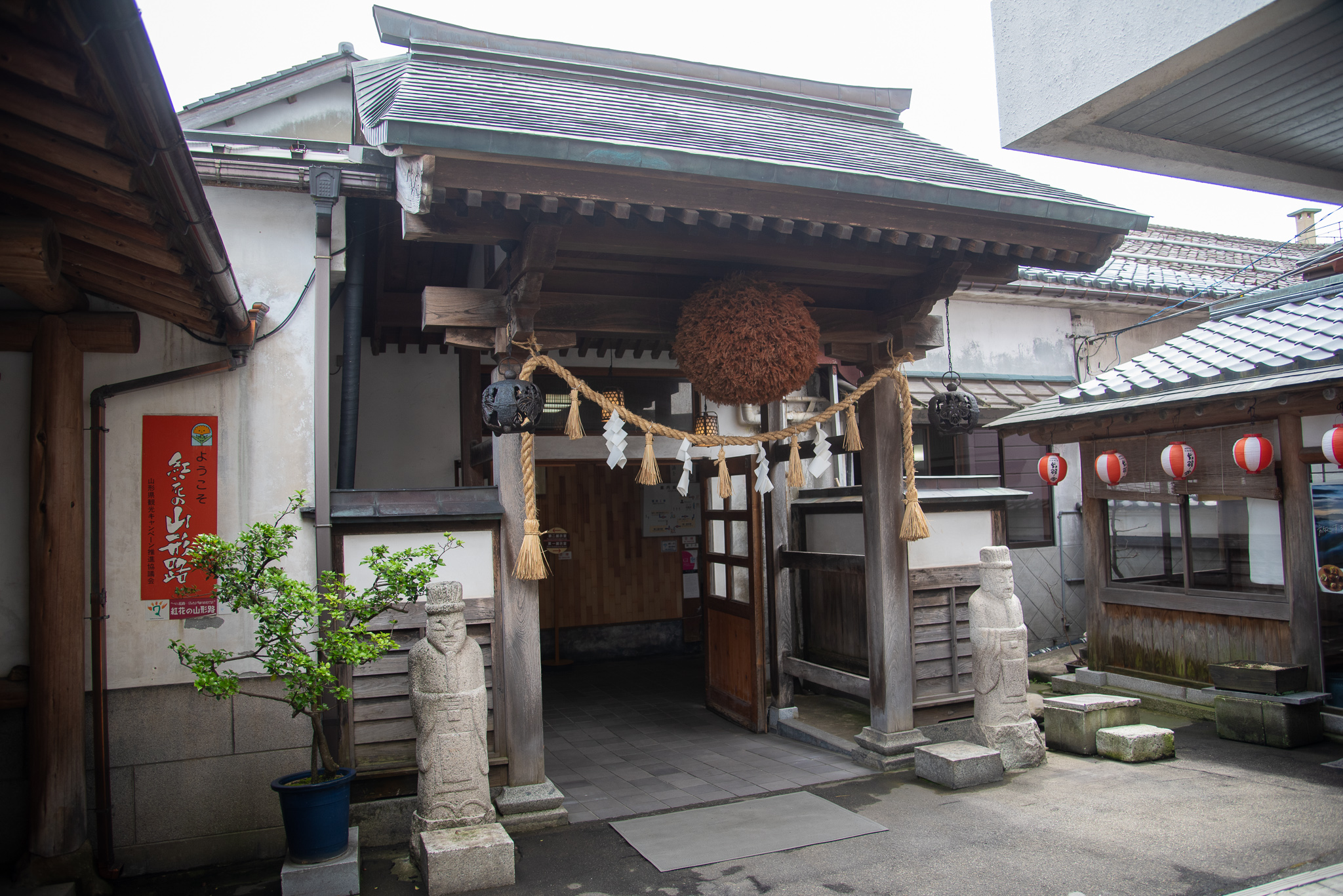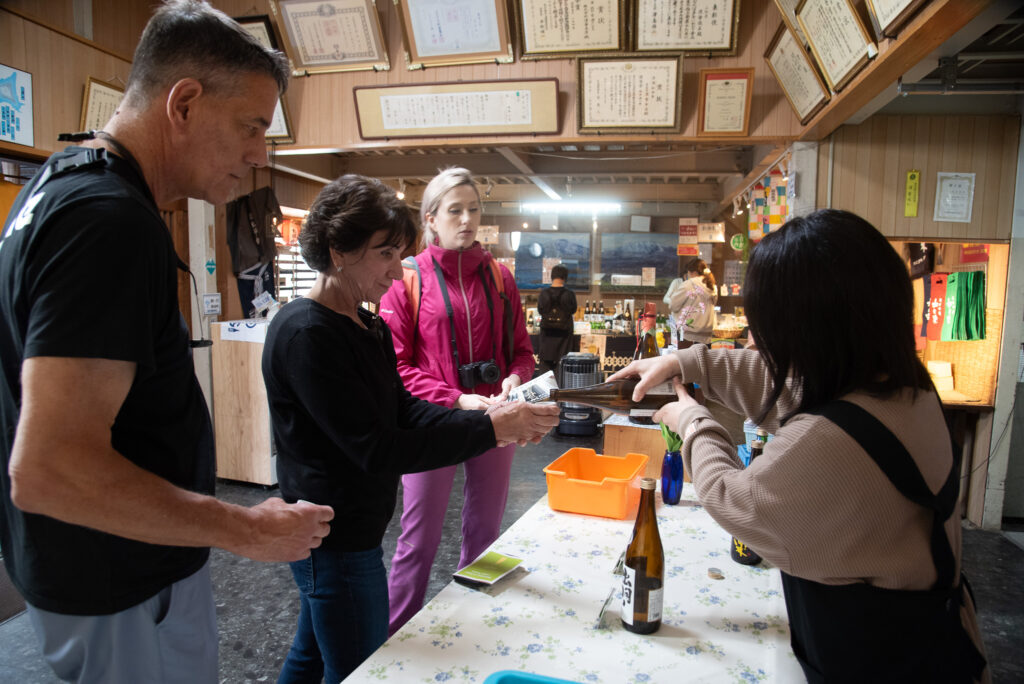
Dewa no Yuki’s Sake Brewery & Museum
In 1669, the Oyama domain became tenryo (shogunate-controlled land). Around that time, there were as many as 40 sake breweries operating in the area. Historical documents from the period remain, recording the names of the brewery owners and the amount of sake they produced (measured in the traditional koku unit).
Oyama was home to a unique guild of sake brewers known as the Ōyama Tōji. These master brewers not only traveled to work at breweries across the Tohoku region, but also attracted young apprentices from sake-producing families in Tohoku and Echigo (present-day Niigata), who came to train in Ōyama.
While it is common in many regions for farmers to work as seasonal brewers during the winter months, Oyama was different. Until around the early Showa period (1920’s, 1930’s), the sake industry here was supported mainly by craftsmen—carpenters, plasterers, and others—whose own work slowed during the winter season.
Oyama itself was like a town of artisans, with neighborhoods such as coppersmiths, woodworkers, carpenters, blacksmiths, and dyers. These craftsmen lived and worked in close-knit communities, constantly sharing knowledge, refining their techniques, and taking pride in their work. This diligent and cooperative spirit is said to have been the foundation of Oyama’s rich sake-brewing tradition.
Visit the Dewa No Yuki Museum and have a taste at the end of the experience of a selection of three sakes picked by the shop’s worker.
- How to visit
-
Open from 8:45 to 16:30
200 yen/person. English explanation about the exhibition available on your phone by scanning the QR codes!
Bus stop name nearby: Oyama Shogin Mae 大山荘銀前 (bus timetable)


